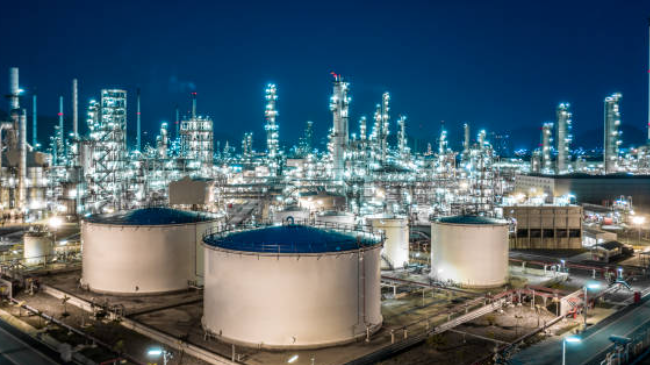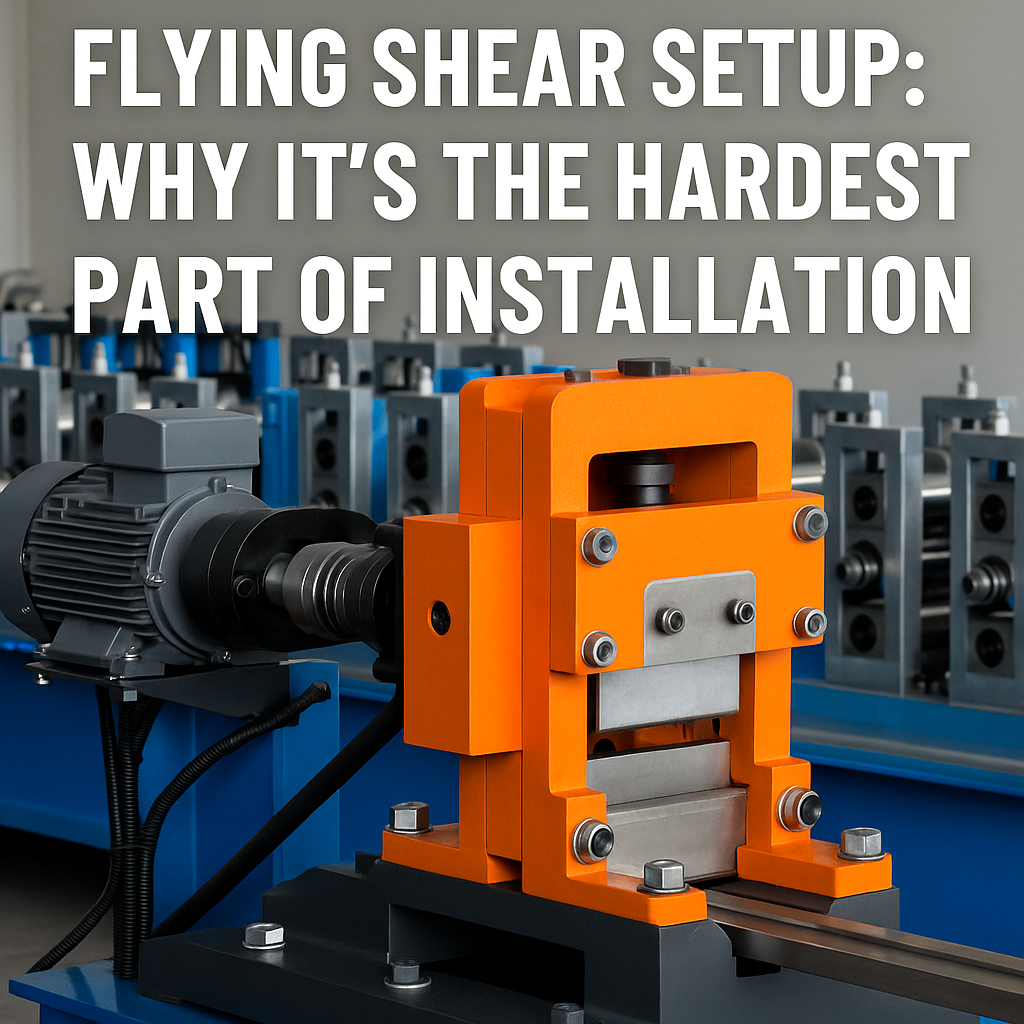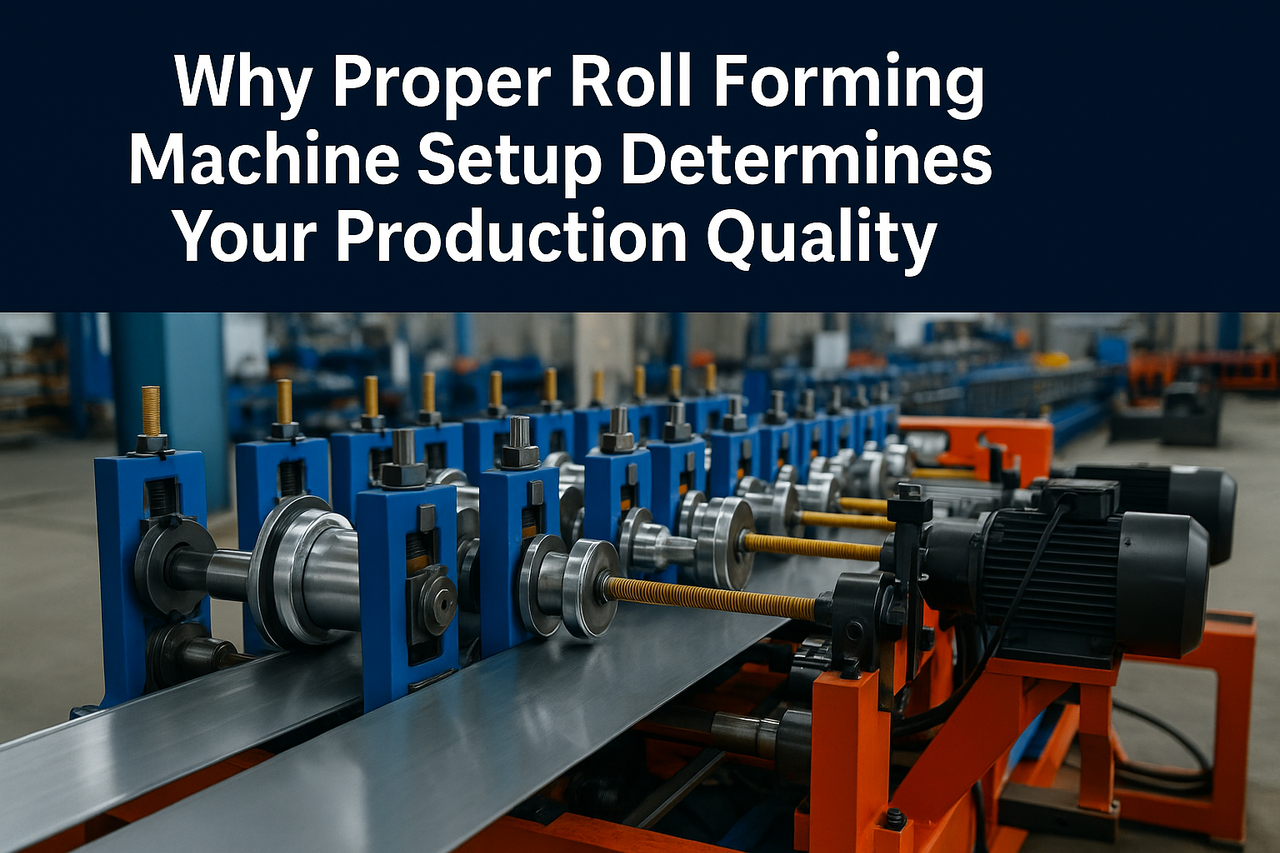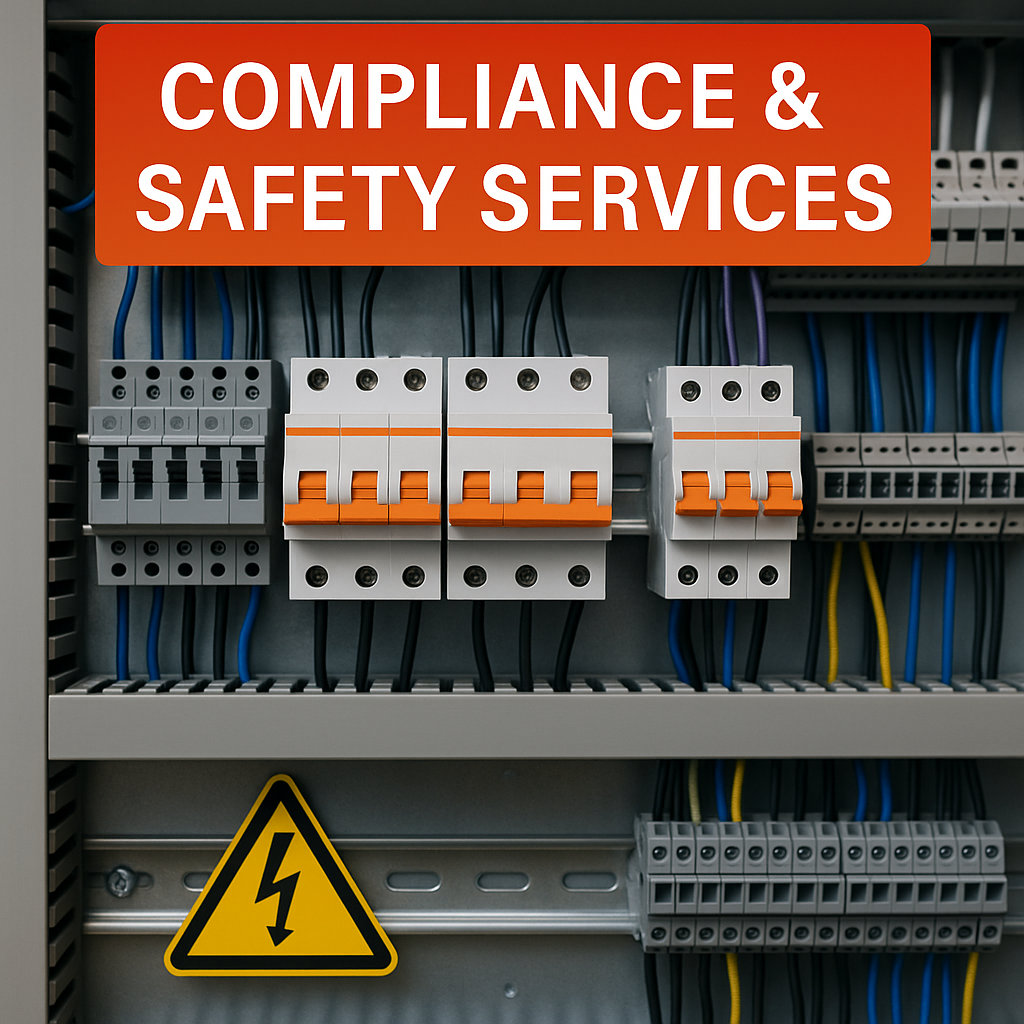
Posted on Wednesday, October 9, 2024
Roll forming is a vital manufacturing process in the oil and gas industry, enabling the efficient production of metal components that meet the rigorous demands of this sector. Here are some key areas where roll forming plays a crucial role:
Roll forming machines are used to create high-quality metal tubing that serves various applications in the oil and gas sector. This tubing is essential for transporting fluids and gases safely and efficiently. The precision of roll forming ensures that the tubes meet strict dimensional tolerances, enhancing their structural integrity and resistance to pressure and corrosion.
Pipelines are the backbone of the oil and gas industry, responsible for transporting crude oil, natural gas, and refined products over long distances. Roll forming technology is employed to produce specialized pipeline sections that can withstand the harsh conditions of the environment, including temperature fluctuations and exposure to corrosive materials. The continuous production capabilities of roll forming allow for long lengths of pipeline to be manufactured with minimal seams, reducing the risk of leaks.
Roll forming machines are also utilized to manufacture a variety of structural components needed for oil rigs, refineries, and other infrastructure. These components include beams, channels, and angles that provide support and stability in construction. The lightweight yet strong properties of roll-formed materials make them ideal for use in challenging environments where weight and durability are critical.
The flexibility of roll forming allows for the production of custom profiles tailored to specific applications within the oil and gas industry. Whether it's creating unique shapes for specialized equipment or components designed for specific operational conditions, roll forming can accommodate a wide range of designs, helping manufacturers meet unique project requirements.
Roll forming is known for its efficiency and speed, which can lead to significant cost savings in the production process. By minimizing waste and maximizing material usage, manufacturers can produce large quantities of high-quality components quickly. This efficiency is especially crucial in the oil and gas industry, where timely delivery of materials can impact project timelines and budgets.
Components produced through roll forming are often treated with protective coatings to enhance their resistance to corrosion and wear. This treatment is essential in the oil and gas industry, where equipment is frequently exposed to harsh chemicals and environmental conditions. The durability of roll-formed products contributes to longer operational lifespans, reducing the need for frequent replacements.
In conclusion, roll forming plays a pivotal role in the oil and gas industry by providing essential metal components like tubing, pipelines, and structural elements. Its ability to produce high-quality, durable, and customized products efficiently makes it an invaluable manufacturing process for meeting the unique challenges faced by this industry. As the demand for oil and gas continues to grow, so too will the reliance on roll forming technology to support its infrastructure needs.

Flying Shear Setup: Why It’s the Hardest Part of Roll Forming Machine Installation
Posted on Monday, November 24, 2025
If you want a header image, meta description, or series continuation, just tell me.

Why Proper Roll Forming Machine Setup Determines Your Production Quality
Posted on Monday, November 24, 2025
The #1 factor that decides accuracy, scrap rate, speed, and consistency.

Compliance & Safety Services for Roll Forming Machines — Full Guide
Posted on Sunday, November 23, 2025
How Machine Matcher keeps your machines safe, legal, and fully compliant with CE, UL, and UKCA standards.

Machine Health Monitoring for Roll Forming Machines — Complete Diagnostic Service Guide
Posted on Sunday, November 23, 2025
Continuous diagnostics that prevent breakdowns, reduce downtime, and extend machine life.
Copyright 2025 © Machine Matcher.